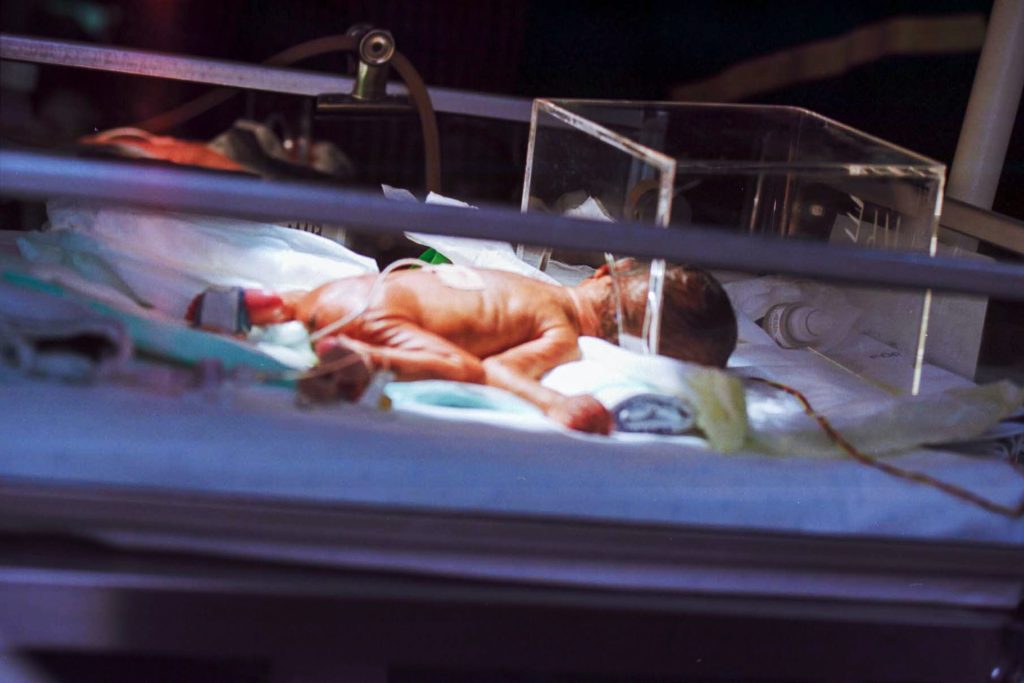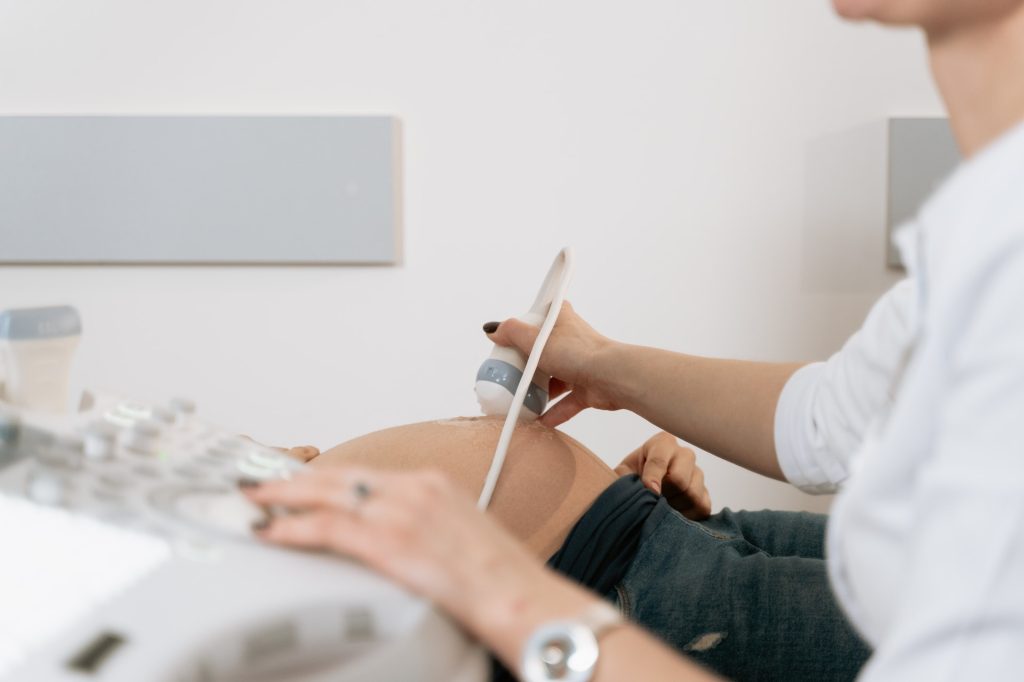Excess Heat Linked to Preterm Delivery in Study of over a Million Births

As global temperatures continue to rise, a new study of 1.2 million births in Sydney over two decades has shown a strong association between the risk of pre-term birth and exposure to extreme hot temperatures in the third trimester of pregnancy. The data suggested that this association with extreme temperature might be reduced by greenery.
The findings suggest health services should consider preparing for an increase in preterm births as our climate warms.
The Monash University-led study, published in JAMA Pediatrics, looked at the relationship between preterm birth, exposure to high temperatures as well as the mitigating factor of exposure to trees and overall greenness. Excess heat was defined as trimester temperatures higher than the 95th percentile of trimester distributions over the 20-year period.
The study, led by A/Prof Shanshan (Shandy) Li from the Monash School of Public Health and Preventive Medicine, looked at 1.2 million births – including 63 144 preterm births – occurring in Sydney, between 2000 and 2020, using the New South Wales Midwives Data Collection.
The research team cross-referenced this data with historical temperature data, as well as tree cover and overall greenness levels derived from satellite images.
The research concluded that exposure to both daytime and night-time extreme heat in the third trimester was strongly associated with increased preterm birth risks, unlike the same exposure in either the first or second trimesters.
This association existed for all levels of area-level greenness, although the strength of the association was slightly diminished for women living in areas with more trees and other greenery, raising the intriguing possibility that greenness might ameliorate some of the excess risk from extreme heat exposure in the third trimester that deserves further study.
First author A/Prof Li is an expert in environmental impacts on children’s health.
She says, “The presence of greenery, especially trees, has the potential to mitigate heat levels and lower the risks of preterm birth associated with heat. Greenery also has positive physical and mental health impacts beyond just pregnancy and birth outcomes. We should be integrating heat mitigation strategies such as increasing green spaces into urban planning, to improve public health.”
According to Professor Yuming Guo, senior author on the study, and also from Monash University, there has been increasing but still limited epidemiological evidence linking prenatal environmental temperatures with birth outcomes.
“Emerging evidence suggests that night-time air temperature, particularly extreme night-time heat, significantly impacts health, including sleep and rest. Sleep quality and duration affects various aspects of health, and disturbances in these factors may have consequences for pregnancy outcomes,” he said.
“High night-time temperatures can disrupt circadian rhythms and potentially influence blood pressure, which may be an issue for pregnant individuals. Given the projected increase in extreme temperatures as our planet warms, understanding its impacts on birth outcomes and developing strategies to mitigate the risks becomes crucial.”
Source: Monash University


